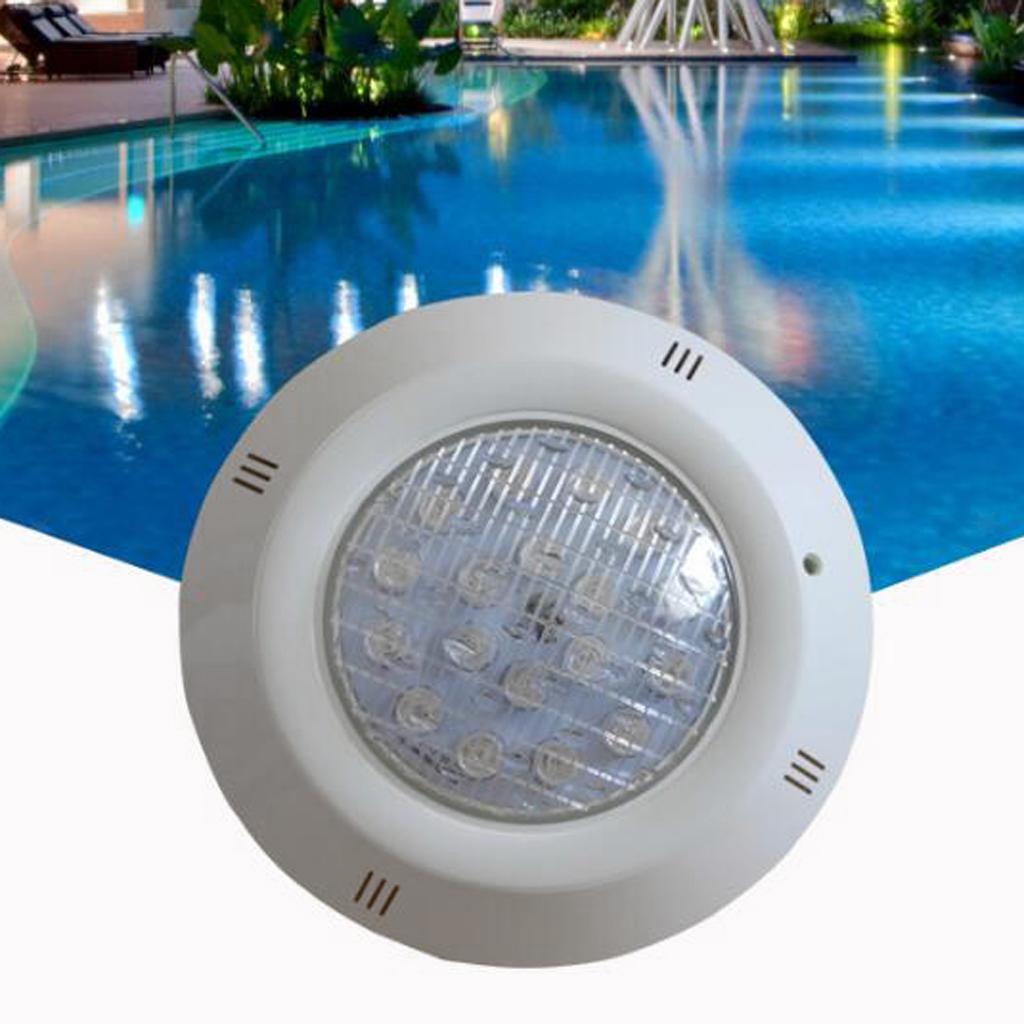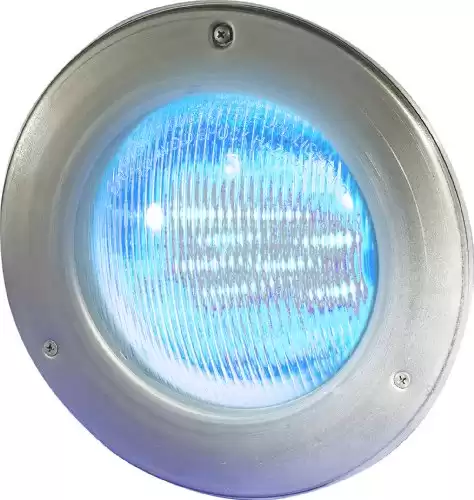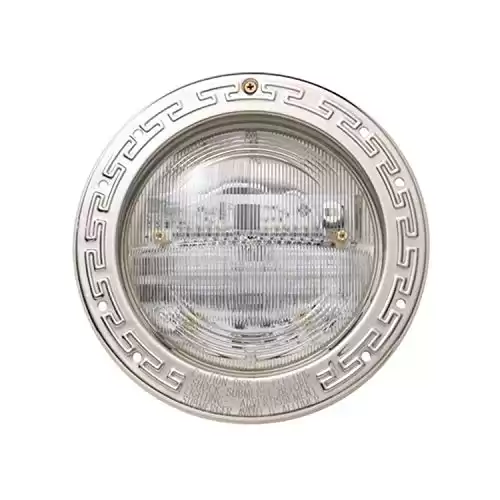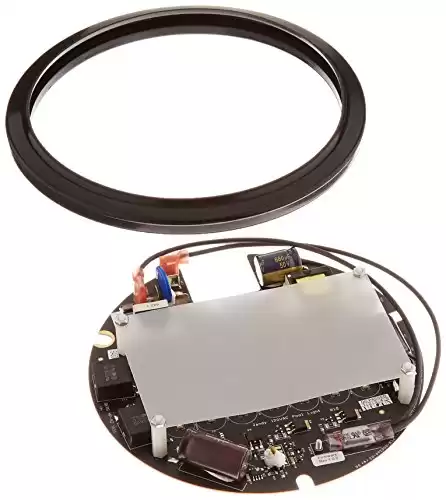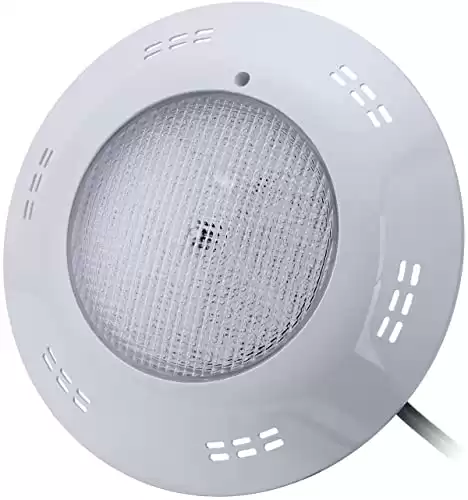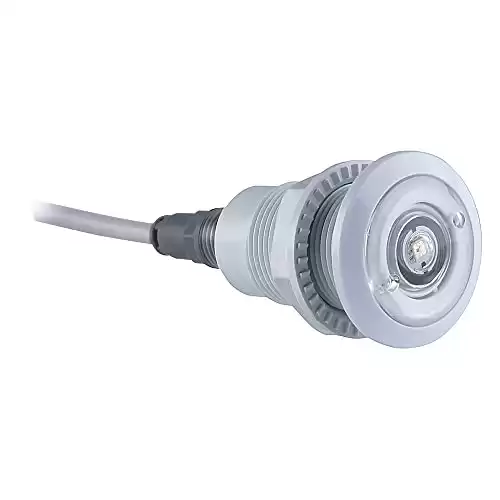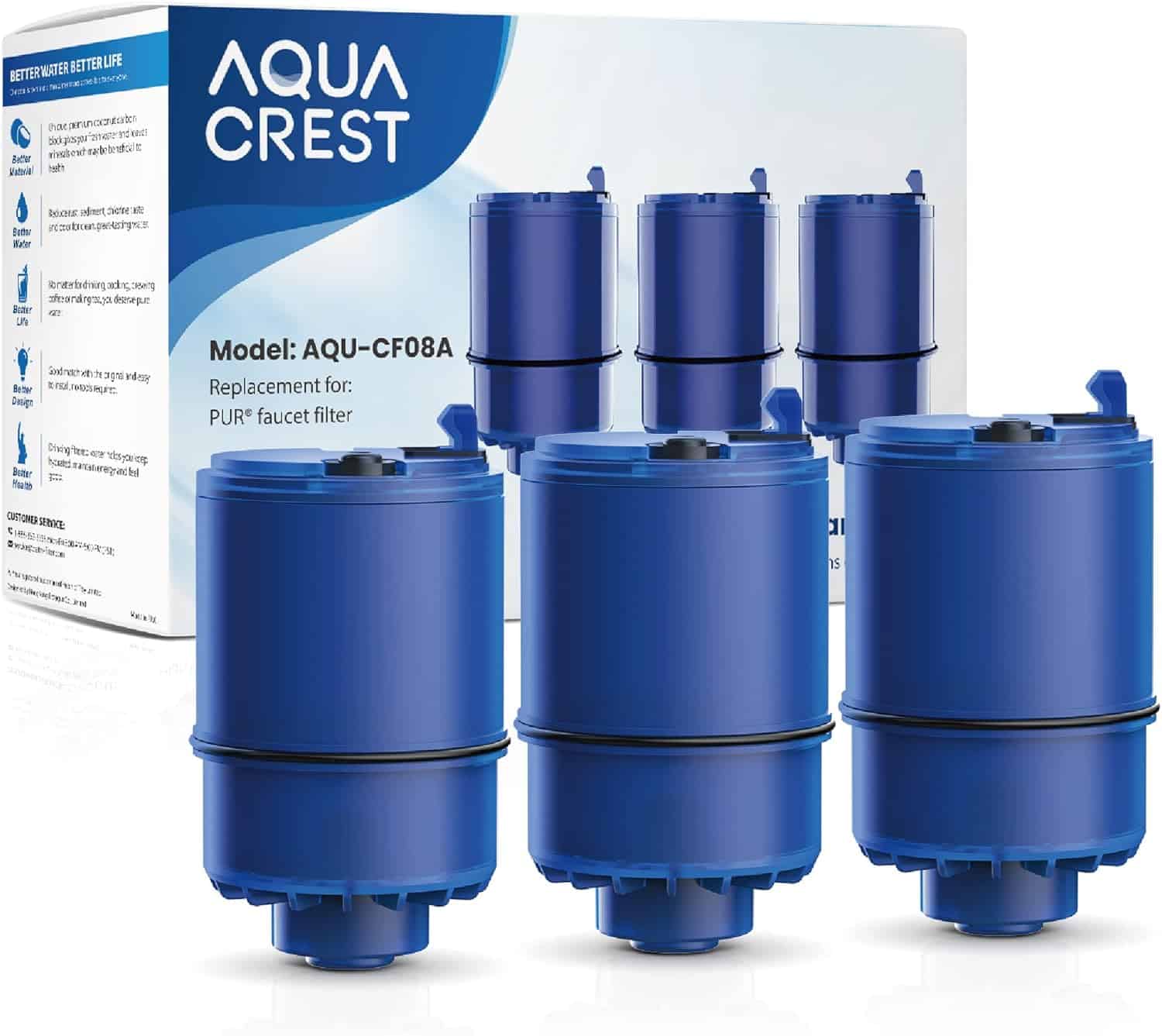Illuminate Your Pool: A Guide to Properly Using Pool Lights
Imagine a warm summer evening, with the stars twinkling above and the serene glow of a well-lit pool reflecting off the water’s surface. Pool lights have the remarkable ability to transform your swimming experience, creating an ambiance that is both inviting and enchanting. In this guide, we will explore the world of pool lights, the various types available, essential installation and maintenance tips, effective lighting techniques, and some safety considerations.
Understanding Using Pool Lights
Types of Pool Lights:
Pool lights come in a variety of options, each offering unique features and benefits. When choosing the right lighting solution for your pool, you should understand the differences between traditional incandescent and energy-efficient LED lights.
Here are some common types of pool lights:
- Incandescent Lights: These are traditional pool lights that use a tungsten filament enclosed in a glass bulb. They are relatively inexpensive but have higher energy consumption compared to newer options. Incandescent lights are available in various wattages and colors.
- Halogen Lights: Halogen lights are an improved version of incandescent lights. They use a halogen gas-filled bulb that produces brighter light and has a longer lifespan than incandescent lights. Halogen lights are available in different wattages and can provide a range of colors.
- LED Lights: Light Emitting Diode (LED) lights are becoming increasingly popular for pool lighting due to their energy efficiency, durability, and versatility. LED lights consume less energy than incandescent or halogen lights, and they have a longer lifespan. LED lights can produce a wide range of colors and can often be programmed to create different lighting effects.
- Fiber Optic Lights: Fiber optic pool lights use fiber optic cables to transmit light. These lights have a separate light source located outside the pool, and the light is transmitted through the fiber optic cables to the pool area. Fiber optic lights are known for their versatility and ability to create various lighting effects. They are also generally considered safe because the light source is located away from the water.
- Solar-Powered Lights: Solar-powered pool lights harness energy from the sun and convert it into electricity to power the lights. These lights are environmentally friendly and can help reduce energy costs. Solar-powered pool lights are typically easy to install and require no wiring.
Key Features and Benefits:
Safety Considerations
When operating pool lights, there are several safety considerations that should be taken into account to ensure the well-being of swimmers and to prevent accidents. Here are some important safety considerations for pool light operations:
- Electrical Safety:
- Ensure that the pool lights and their electrical components are properly installed by a qualified professional.
- Use a ground fault circuit interrupter (GFCI) to protect against electrical shock.
- Regularly inspect the wiring and electrical connections for any signs of damage or wear.
- Waterproofing:
- Pool lights should be specifically designed and rated for underwater use.
- Check for proper sealing and ensure that the light fixtures are watertight.
- Perform regular inspections to identify any signs of water leakage or moisture ingress.
- Installation and Maintenance:
- Follow the manufacturer’s instructions for installation, including the recommended depth and positioning of the lights.
- Regularly inspect and clean the light fixtures to remove debris and buildup that can obstruct the light output or cause overheating.
- Replace faulty or damaged lights promptly to avoid potential hazards.
- Proper Use:
- Educate pool users about the safe operation of pool lights.
- Remind swimmers to avoid touching the lights while in the water.
- Encourage responsible use and discourage rough play or horseplay near the lights.
- Lighting Conditions:
- Ensure that the pool area is well-lit to provide clear visibility for swimmers and lifeguards.
- Adjust the intensity of the pool lights according to the surrounding ambient lighting to avoid excessive brightness or glare.
- Supervision and Monitoring:
- Assign trained personnel to monitor the pool area, including the operation of pool lights.
- Maintain constant vigilance to promptly identify and address any issues with the lights or potential safety hazards.
- Emergency Preparedness:
- Have a clearly defined emergency plan in place, including protocols for power failures, electrical malfunctions, or incidents related to pool lighting.
- Keep emergency contact numbers readily available near the pool area.
Remember, it is always advisable to consult local regulations and guidelines specific to your area when it comes to pool lighting and safety measures.
Exploring the Benefits of Using Pool Lights
Factors to Consider:
Selecting the right pool lights requires careful consideration. We will outline important factors to consider, including the size and shape of your pool, the desired lighting effects, energy efficiency, and your budget. Armed with this knowledge, you can make an informed decision when choosing pool lights that align with your preferences and requirements.
Popular Pool Light Options:
This section will explore popular pool light options available in the market today. From traditional halogen lights to versatile LED lights and innovative fiber optic lights, we will discuss the advantages and disadvantages of each type, helping you make an educated choice.
Here are the advantages and disadvantages of each type of pool light:
- Incandescent Lights: Advantages:
- Relatively inexpensive upfront cost.
- Can provide a warm, traditional lighting effect.
- Replacement bulbs are widely available.
Disadvantages:
- Higher energy consumption compared to newer options.
- Shorter lifespan compared to other types of pool lights.
- Limited color options.
- Halogen Lights: Advantages:
- Brighter light output compared to incandescent lights.
- Longer lifespan than incandescent lights.
- Available in various wattages and colors.
Disadvantages:
- Higher energy consumption compared to LED lights.
- May produce more heat than other types of lights.
- Replacement bulbs can be more expensive than incandescent bulbs.
- LED Lights: Advantages:
- Highly energy-efficient, leading to lower electricity costs.
- Long lifespan, reducing the need for frequent bulb replacements.
- Wide range of color options and programmable lighting effects.
- Cooler operating temperature, reducing the risk of burns.
- Some models offer remote control or automation features.
Disadvantages:
- Higher upfront cost compared to incandescent or halogen lights.
- Initial investment may be higher, especially for color-changing or programmable options.
- Some LED lights may require additional installation steps or wiring.
- Fiber Optic Lights: Advantages:
- Versatile and can create various lighting effects.
- Light source located outside the pool, reducing the risk of electrical hazards.
- No heat or electricity near the water, making them safer.
Disadvantages:
- Generally higher upfront cost compared to other types of pool lights.
- Requires a separate light source and fiber optic cables, which can be more complex to install.
- Limited color options compared to LED lights.
- Solar-Powered Lights: Advantages:
- Environmentally friendly and energy-efficient.
- No electricity costs or wiring required.
- Easy installation and flexibility in placement.
- Can operate independently of the power grid.
Disadvantages:
- Reliant on sunlight, so they may not provide consistent lighting in cloudy or shaded areas.
- Lower light output compared to other types of pool lights.
- Limited color options and programmable features.
| Product Image | Product Name / Price / Primary Button |
|---|---|
Matching Pool Lights to Your Pool Design:
Every pool is unique, and your pool lights should complement its design and ambiance. We will provide guidance on selecting pool lights that harmonize with your pool’s architecture, landscape, and overall style, ensuring a cohesive and visually appealing look.
Here are some guidelines to help you match pool lights to the pool design:
- Lighting Placement: Consider the pool’s layout and determine the most suitable locations for the lights. Placement options may include underwater lights within the pool, perimeter lighting around the pool deck, or landscape lighting in the surrounding area.
- Pool Size and Shape: The number and type of lights needed can depend on the size and shape of the pool. Larger pools may require more lights to ensure adequate illumination, while smaller pools may require fewer lights. Additionally, consider the shape and contours of the pool to determine the best positions for lights to enhance visual appeal.
- Lighting Intensity: The intensity of the lights should be chosen based on the desired lighting effect and the ambiance you want to create. Brighter lights can provide a more vibrant and lively atmosphere, while softer lights can create a more relaxed and tranquil setting.
- Color Options: Some pool lights, particularly LED lights, offer a range of color options. Consider the pool’s design theme and personal preferences when selecting colors. You can choose a single color for a consistent look or opt for color-changing lights to create dynamic and customizable lighting effects.
- Landscape Integration: Take into account the pool’s surroundings and consider how the pool lights will integrate with the overall landscape design. The lights should complement the existing outdoor lighting and blend harmoniously with the pool’s aesthetic.
- Architectural Style: If your pool is part of a larger architectural design, such as a modern or traditional style, select pool lights that align with the overall architectural theme. For example, sleek and contemporary lights may complement a modern pool design, while ornate or decorative lights may suit a more classical or Mediterranean-style pool.
- Lighting Control and Automation: Consider whether you want to have control over the lighting effects. Some pool lights offer remote control or automation features that allow you to adjust the colors, brightness, and lighting patterns. This can provide flexibility in matching the lighting to different occasions or moods.
Installing Pool Lights
Pool light installation can vary depending on the specific type of lights, manufacturer instructions, and local regulations. It’s always advisable to consult a professional electrician or pool contractor for proper installation guidance.
- Preparation:
- Turn off the power supply to the pool area from the main electrical panel.
- Drain the pool water to a level below the installation area to provide access.
- Choose the Right Lights:
- Select pool lights that are specifically designed for underwater use and suitable for your pool type (e.g., in-ground or above-ground).
- Ensure that the lights comply with local electrical codes and safety standards.
- Positioning:
- Determine the desired location for the lights in the pool. Follow manufacturer guidelines and local regulations regarding the recommended depth and positioning.
- For in-ground pools, the lights are typically installed on the pool wall or floor, while above-ground pools may have lights attached to the pool structure or decking.
- Wiring:
- Run the electrical conduit or cable from the pool light location to the electrical panel. Ensure that the wiring is properly sized and protected.
- Connect the wiring to the pool light junction box, following the manufacturer’s instructions. Make sure to use waterproof connectors and sealants.
- Mounting and Sealing:
- Install the pool light fixture according to the manufacturer’s instructions. This typically involves securing the light fixture in the designated position and ensuring a watertight seal.
- Use pool-grade silicone or other appropriate sealants to seal around the light fixture, preventing water from entering the pool through installation holes.
- Electrical Connection:
- Connect the pool light’s wiring to the electrical circuitry following local electrical codes and regulations.
- If required, install a ground fault circuit interrupter (GFCI) for additional electrical safety.
- Testing and Finishing:
- Restore power to the pool area from the main electrical panel.
- Test the pool lights to ensure they are functioning properly and providing the desired lighting effect.
- Adjust the lights as necessary to achieve the desired illumination and coverage.
Using Pool Lights Maintenance Tips:
Here are some maintenance tips for pool lights:
- Regular Cleaning:
- Regularly clean the pool lights to remove debris, dirt, and algae buildup. Use a soft cloth or brush and a mild cleaning solution to gently scrub the light fixtures.
- Ensure that the power to the lights is turned off before cleaning.
- Inspections:
- Periodically inspect the pool lights for any signs of damage, wear, or corrosion. Check the light fixtures, lenses, and seals for cracks, leaks, or other issues.
- If you notice any damage or deterioration, address it promptly to prevent further damage or potential electrical hazards.
- Bulb Replacement:
- Follow the manufacturer’s guidelines for bulb replacement. Bulbs may have a recommended lifespan or usage hours before they need to be replaced.
- If a bulb is not functioning or has significantly diminished in brightness, replace it with a new one of the correct type and specifications.
- Ensure that the power to the lights is turned off before replacing bulbs.
- Seal Maintenance:
- Check the seals and gaskets around the light fixtures regularly to ensure they are intact and providing a watertight seal. Replace any worn-out or damaged seals to prevent water leakage.
- Electrical Connections:
- Inspect the electrical connections of the pool lights to ensure they are secure and free from corrosion. Tighten any loose connections and clean off any corrosion with a suitable electrical contact cleaner.
- Water Chemistry:
- Maintain proper water chemistry in the pool to prevent the formation of algae or other deposits on the pool lights. Imbalanced water chemistry can lead to accelerated wear and reduced performance of the lights.
- Regularly test and adjust the water’s pH, alkalinity, and sanitizer levels according to recommended guidelines.
- Professional Maintenance:
- Consider scheduling periodic professional maintenance for your pool lights. A qualified pool technician can perform more comprehensive inspections, cleanings, and maintenance tasks to ensure optimal performance and safety.
Frequently Asked Questions about Using Pool Lights
Q1: What are the different types of pool lights available?
A1: There are various types of pool lights, including incandescent lights, LED lights, and fiber optic lights. Each type has its own features and benefits, such as energy efficiency, durability, and color options.
Q2: How do I choose the right pool lights for my pool?
A2: When choosing pool lights, consider factors such as the size and shape of your pool, desired lighting effects, energy efficiency, and budget. It’s important to select lights that match your pool’s design and complement its ambiance.
Q3: Can I install underwater pool lights by myself?
A3: The installation process depends on your level of experience and comfort with electrical work. While some people may choose to install pool lights themselves, it’s recommended to hire a professional for safe and accurate installation.
Q4: Are pool lights safe to use?
A4: Pool lights can be safe to use if installed and maintained correctly. Adhering to electrical safety guidelines, regularly inspecting the lights, and avoiding any exposed wiring are essential for a safe swimming environment.
Q5: How do I operate pool lights?
A5: Operating pool lights typically involves turning them on and off using a switch or remote control. Some lights may offer additional features like color-changing options, which can be adjusted according to your preference.
Q6: How can I maintain pool lights for optimal performance?
A6: To maintain your pool lights, regularly clean the lenses, remove debris, and check for any signs of damage. Additionally, following the manufacturer’s instructions and conducting routine inspections will help ensure their longevity.
Q7: Can pool lights be used in saltwater pools?
A7: Yes, there are pool lights specifically designed for use in saltwater pools. These lights are made with corrosion-resistant materials to withstand the effects of saltwater and provide long-lasting performance.
Q8: Can I replace my existing pool lights with pool lights?
A8: In most cases, it is possible to replace existing pool lights with LED lights. However, it’s essential to ensure compatibility and consult a professional if needed to ensure a proper installation.
Q9: Are pentair pool lights energy-efficient?
A9: LED pool lights are highly energy-efficient compared to traditional incandescent lights. LED lights consume less electricity, have a longer lifespan, and produce brighter illumination while reducing energy costs.
Q10: How long do pool lights typically last?
A10: The lifespan of swimming pool lights varies depending on the type and quality of the lights, as well as maintenance and usage. Generally, LED lights can last for many years, often ranging from 30,000 to 50,000 hours or more.
Summary: Using Pool Lights
Pool lights have the power to transform your swimming experience, creating an inviting and safe environment for nighttime enjoyment. By understanding the different types of pool lights, choosing the right ones for your pool, properly installing and maintaining them, utilizing lighting techniques, and prioritizing safety, you can illuminate your pool in a way that enhances its beauty and ensures a memorable swimming experience for you and your loved ones.

